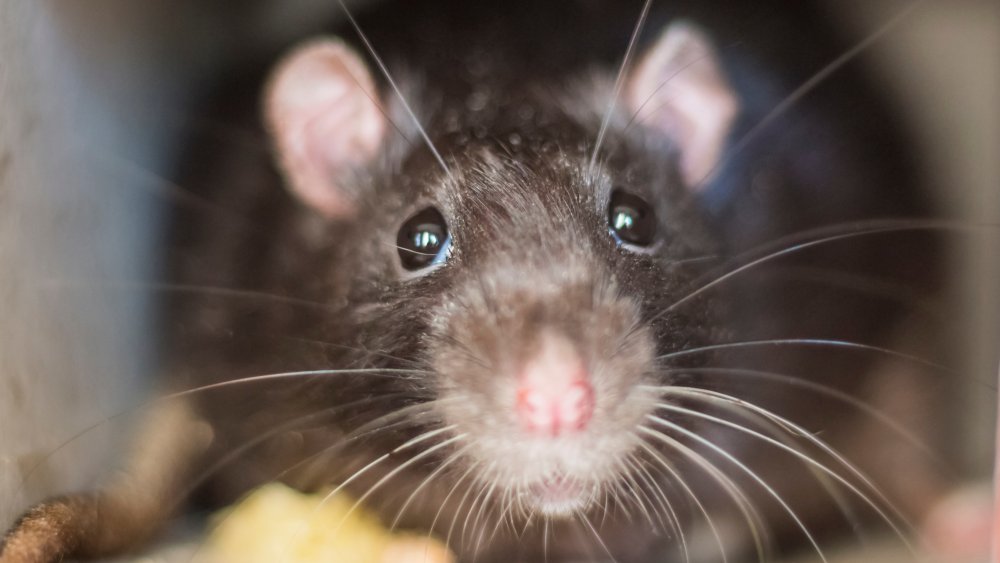Here's Why Exploding Rats Were Invented During WWII
You just don't hear about organizations like the Special Operations Executive anymore. If you're not familiar, they were fascinating. During World War II, this British special forces group was tasked with carrying out acts of espionage and sabotage against Axis forces across Europe. Whether they were specifically instructed to do everything in the most crackpot, British, Q-from-James-Bond way possible is unknown, but it's definitely the way things wound up shaking out. Their "for Queen and country" aesthetic shines through when you hear some of their unofficial titles, like "the Baker Street Irregulars" and "the Ministry of Ungentlemanly Warfare," or when you find out that Christopher Lee worked with them. As for the mad science part, well, where to begin?
They designed and produced unbelievably quiet handguns with built-in suppressors called Welrods with built-in suppressors that made less noise than a CO2 pistol when fired. They fitted their agents with tiny knives to be hidden in the heels of their shoes. They made landmines disguised as animal dung. According to The Field, they even utilized crossbows and caltrops, literally getting medieval on the enemy. Speaking of medieval...
Europe has had a rough history when it comes to experiencing rat-based utter devastation, and in 1941, the SOE came to the conclusion that rodents owed the British a favor. So they filled a hundred rats with explosives, to mixed results.
Rat-ka-blooey
The idea, relayed by the BBC, was both simple and ingenious. Characteristically cloak-and-dagger, SOE operatives obtained a crate of dead rats from a supplier in London, claiming that they were for a university experiment. They then skinned the rats, molded explosives into roughly the same shape as the critters' insides, and, spitting in the face of anyone who ever said taxidermy couldn't get creepier, sewed the skins up over the bombs. The idea was that if resistance forces scattered these things around German boilers, eventually someone would say "gross, a dead rat" and toss them into the fire. Kaboom.
Was it a perfect plan? No, especially after the first shipment of Explody Gonzaleses was intercepted by German forces. On the bright side, the discovery of a big box of rat-shaped fiery death gave the Nazis cause for alarm, inspiring a sudden fear of dead pests. German forces started scouring camps for potential rat bombs, and as the Guardian reports, SOE files would go on to state that the concept of "hundreds of rats the enemy believed were distributed on the continent" had an "extraordinary moral effect." Sometimes you don't beat Nazis by blowing them up. Sometimes you do it by making them afraid of Chuck E. Cheese.

